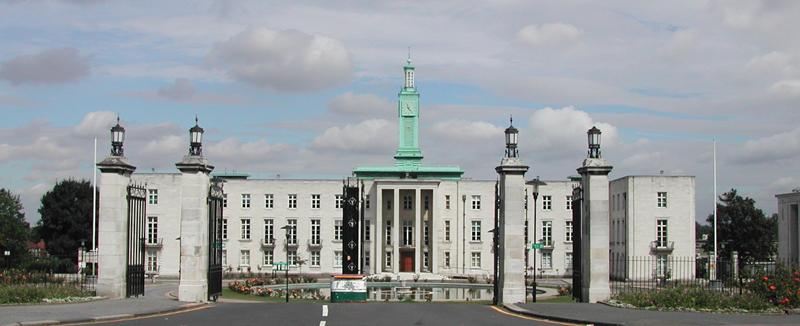. > ...

1965 to 1979
the history of Leyton and Leytonstone
from . dot to … dots – with plenty of spaces
Local government
London local government was reorganised. It had spread further from the centre than the area of the London County Council. Within this wider built-up area existing boroughs and urban district councils were grouped in threes to form larger boroughs, with some functions performed by the Greater London Council which replaced the staunchly Labour London County Council. Functions which had been exercised over Leyton by the Essex County Council, notably secondary education, were taken from it, and mainly given to the new borough, ‘Waltham Forest’ (named after the large area under forest law which stretched from Leyton to beyond Waltham Holy Cross) which included Walthamstow Borough Council and Chingford Urban District Council. With Walthamstow in the middle already possessing a Town Hall and Assembly Hall sufficiently imposing to be fit for the larger administrative unit, those active in Leyton’s civic life feared it would be marginalised.

The Greater London Council made enemies easily whether it was controlled by the Conservative Party or by Labour. Its plans for rings of motorways to improve road transport and for major redevelopment of historic but inconvenient areas like Bloomsbury and Covent Garden were so unpopular they were only implemented in a fragmentary form. The GLC had little significance for Leyton. In the former London County Council area the GLC inherited a large stock of social housing and it ran the schools through the Inner London Educational Authority. It did not do so in outer London boroughs like Waltham Forest and it did not have local offices.
The existence of the GLC was terminated on 31st March 1986 1.